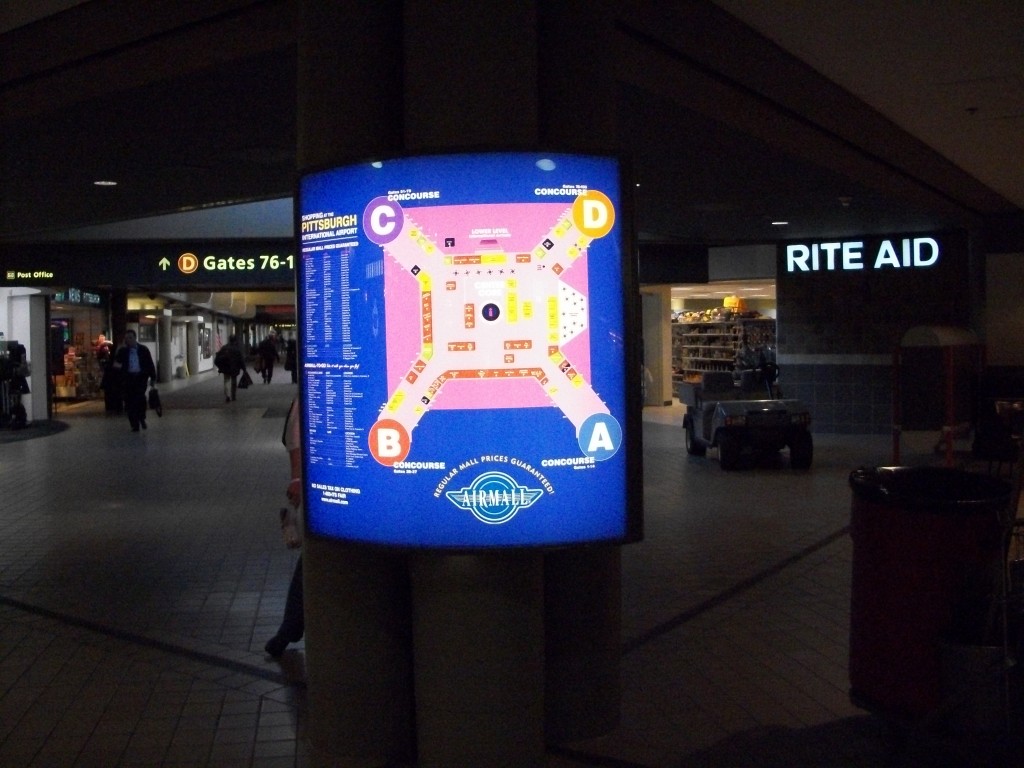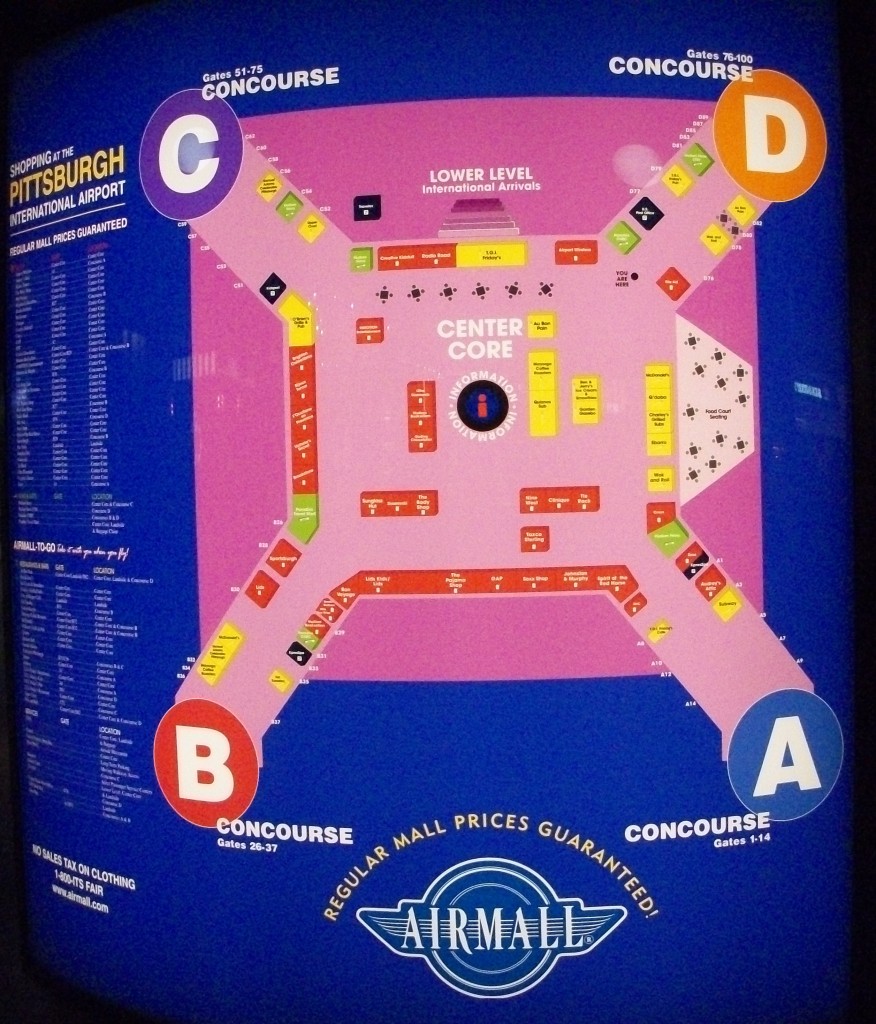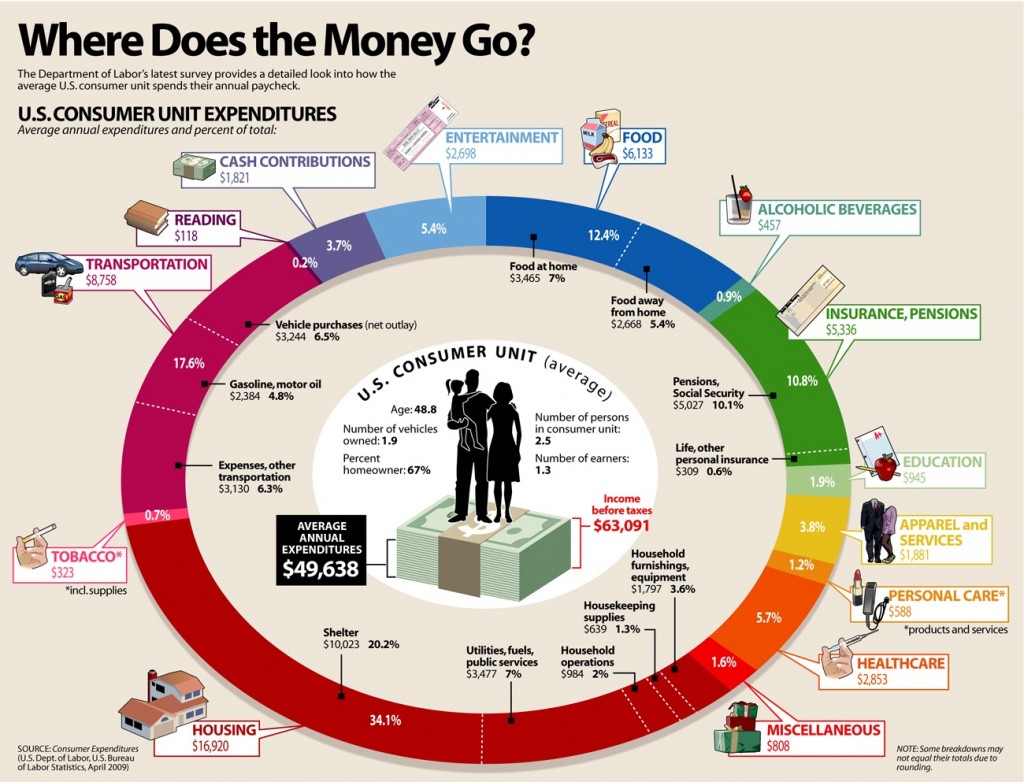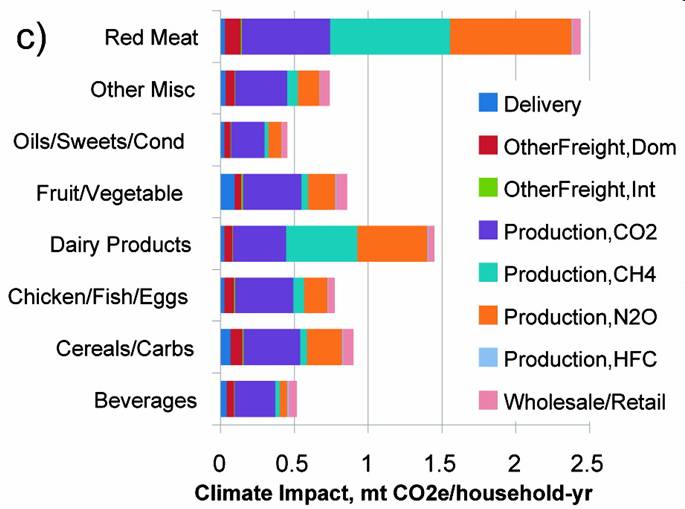Shirley A. sent in a Zellers sale flyer that is really interesting in light of the recent post we did on a Best Buy promotion. Whereas the Best Buy promotion was aimed directly at men, you’ll see that this flyer, for a store that sells household items instead of fancy gadgets, is aimed staunchly at women… who have to buy for their whole family and their home as well as themselves.
For more on gender and responsibility for the home:
First, check out this longitudinal data on how much housework wives and husbands do.
Then, for more examples of how women are responsible for the home, see this KFC advertisement offering moms a night off, this a commercial montage, Italian dye ad with a twist, women love to clean, homes of the future, what’s for dinner, honey?, liberation through quick meals, and my husband’s an ass.
See also these humorous illustrations: I love it when you talk clean to me, men do housework fantasy calendar, the househusbands of Hollywood, and porn for new moms.
—————————
Lisa Wade is a professor of sociology at Occidental College. You can follow her on Twitter and Facebook.






